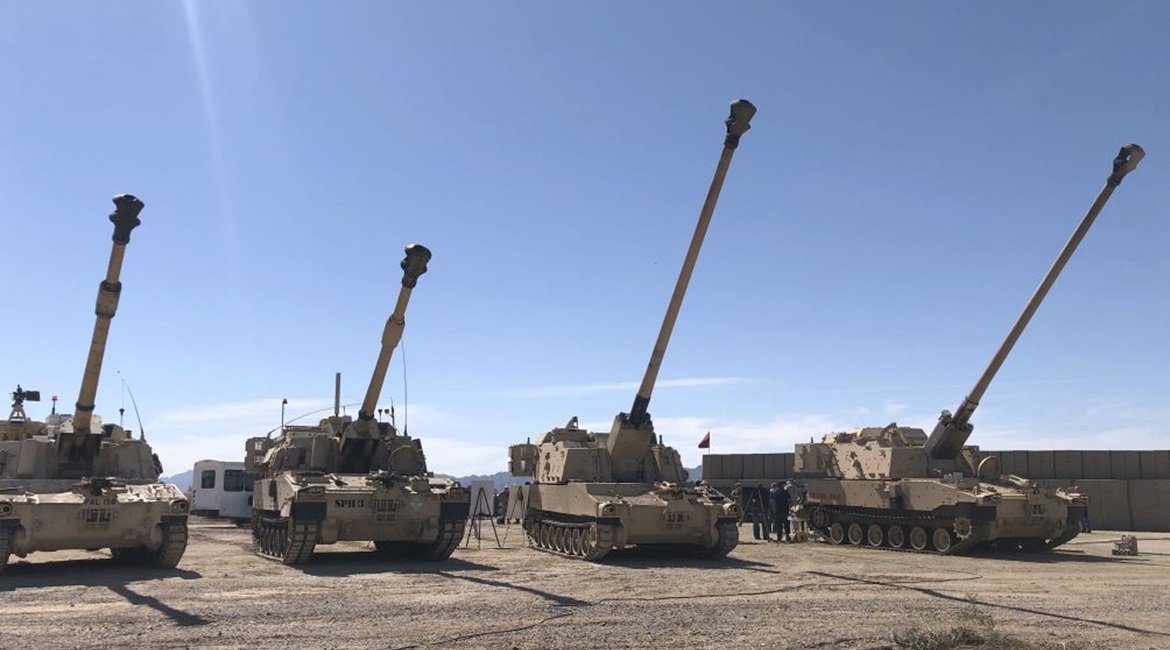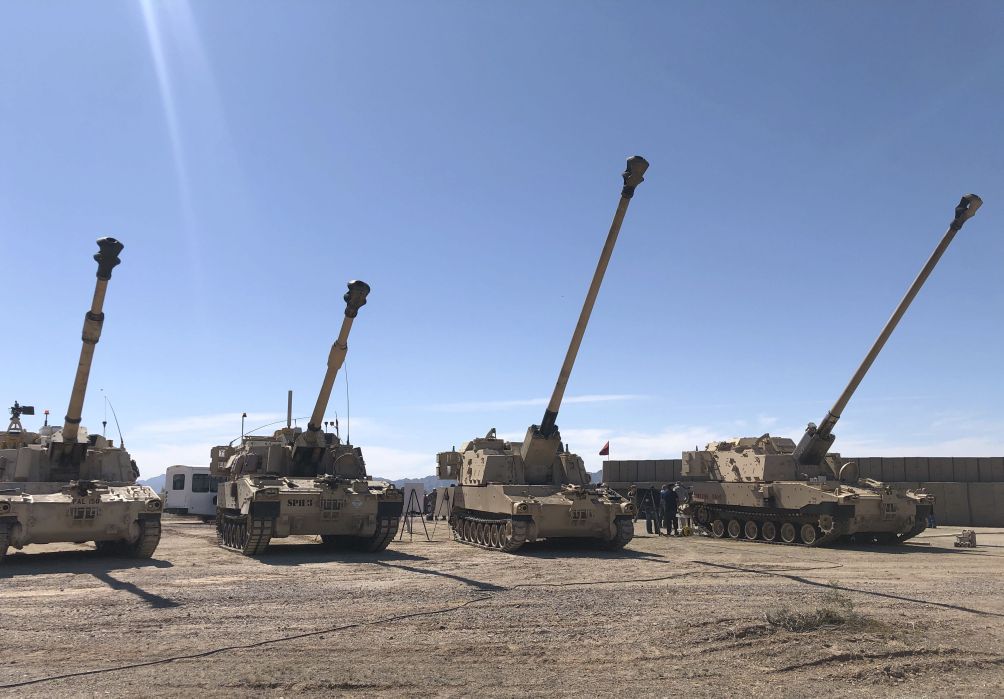
The US Army is embarking on a month-long effort to assess portions of its modernisation portfolio and determine what steps it needs to take to successfully link sensors and shooters to down targets.
Between 11 August and 18 September, more than 500 people will be participating in Project Convergence 2020 at Yuma Proving Ground, Arizona, with the goal of demonstrating specific “threads” within an “artificial intelligence (AI) enabled kill web” with a “two-sensors, two-shooters, and two-targets” framework, Army Futures Command (AFC) spokeswoman Robyn Mack recently told Janes .
“The demonstration serves as the foundation for learning and establishing a base architecture for artificial intelligence at the tactical edge for brigade and below,” she explained in a 10 September email. “Further, this demonstration will benchmark the current capabilities of network infrastructure to support the warfighter in real time.”
Project Convergence is centered around five core elements — people, weapons systems, command and control, information, and terrain — and the army is looking to demonstrate that it can combine arms data exchange for faster decision making, currently available AI, and networked lethality capabilities to support requirements development, and that various weapons portfolio developments are synchronised.
As for the event structure, the army has broken it up into three phases with the first one aimed at penetrating strategic and operational standoff by detecting, identifying, and destroying high value targets with long-range fires.
“Our sensors will be national technical means and Prometheus passing target information to an Extended Ranger Cannon Artillery (ERCA) firing the XM1113 munition,” Mack wrote.

Looking to read the full article?
Gain unlimited access to Janes news and more...






